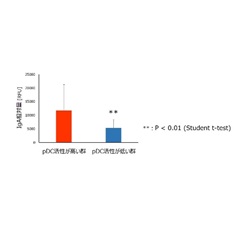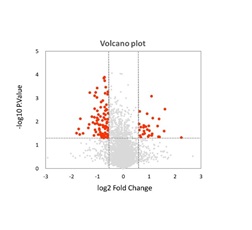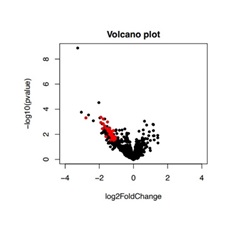[Health Science domain]
Urinary factors that reflect the activity of plasmacytoid dendritic cells (pDCs) have been discovered for the first time worldwide.
- Research and Technology
October 3, 2025
Kirin Holdings Company, Limited
TOKYO, October 3, 2025 - Kirin Holdings Company, Limited (Kirin Holdings) participated in the “Wakayama Health Promotion Study,” a cohort study led by Wakayama Medical University and coordinated by the nonprofit Health Promotion Research Center (HPRC). Together, the organizations conducted research investigating urinary substances related to the activity of plasmacytoid dendritic cells (pDCs) in the blood.
The research results included the discovery of multiple proteins and micro RNAs1 (miRNAs) associated with pDC activity (pDC interferon-alpha production capacity2) for the first time worldwide.3 These research findings were presented at the 21st Annual Meeting of the Japanese Society for Food Immunology (Thursday, October 2 to Friday, October 3, 2025).
1 A biomolecule that regulates gene expression, possessing an extremely short sequence of approximately 18-25 nucleotides.
2 The ability to produce interferon-alpha, an antiviral substance, when exposed to stimuli mimicking viruses.
3 Based on original research papers published in PubMed and on the Japan Medical Abstracts Society website (survey conducted on Tuesday, September 2, 2025; KnowledgeWire survey)
The prevalence of infectious diseases is not limited to influenza and COVID-19, necessitating sustained countermeasures throughout the year. Alongside infection control, the focus is also on “immune care,”4 which is crucial for building a foundation of health. This research, initiated jointly by Kirin and HPRC in 2022, aims to explore easily measurable indicators of pDC activity, which reflects the state of the immune system. The research focused on urinary factors (proteins and miRNAs) as substances capable of distinguishing high and low pDC activity, and successfully identified urinary factors associated with pDC activity. It also explored combinations of factors expected to be useful for distinguishing pDC activity levels. The findings from this research will be utilized in a unique testing service announced in May 2025 that visualizes the state of “immunity.”5 We believe that simplifying the visualization of immunity, the foundation of health, plays a crucial role as a solution for understanding one’s own health status and living a fulfilling daily life. This is considered highly significant in promoting a society with healthy longevity.
4 Maintaining healthy lifestyle habits that support immunity, such as a regular routine, balanced diet, sufficient sleep, and moderate exercise.
5 May 22, 2025 Company News Release Launching Development of Unique Testing Service to Visualize “Immune” Status! | 2025 | KIRIN - Kirin Holdings Company, Limited
Research results (summary)
We investigated urinary biomarkers associated with pDC activity in blood and identified multiple proteins and miRNAs linked to pDC activity. Individuals with high pDC activity were found to have elevated urinary levels of several immune-related proteins, including immunoglobulin A (IgA).6
-
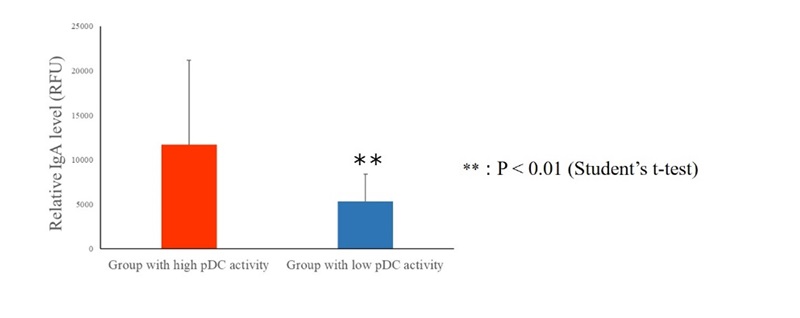
Figure: Association between pDC activity and urinary IgA
6 Immunoglobulin A (IgA) is one of the primary antibodies found in the blood and mucous membranes, that works to protect the body from viruses and bacteria.
Key findings
We have made the breakthrough discovery of a correlation between pDC activity levels and urinary protein and miRNA profiles. Furthermore, we confirmed that urine from individuals with high pDC activity contains higher proportions of multiple immune-related proteins.
Future outlook
The findings of this study suggest the potential for developing a non-invasive method to evaluate immune activity (pDC activity). We will conduct further investigations to develop a simple service for visualizing immune status.
About Kirin Holdings
Kirin Holdings Company, Limited is an international company that operates in the Food & Beverages domain (Food & Beverages businesses), Pharmaceuticals domain (Pharmaceuticals businesses), and Health Science domain (Health Science business), both in Japan and across the globe.
Kirin Holdings can trace its roots to Japan Brewery, which was established in 1885. Japan Brewery became Kirin Brewery in 1907. Since then, the company has expanded its business with fermentation and biotechnology as its core technologies, and entered the pharmaceutical business in the 1980s, all of which continue to be global growth centers. In 2007, Kirin Holdings was established as a pure holding company and is currently focusing on boosting its Health Science domain.
Under the Kirin Group Vision 2027 (KV 2027), a long-term management plan launched in 2019, the Kirin Group aims to become “A global leader in CSV*, creating value across our world of Food & Beverages to Pharmaceuticals”. Going forward, the Kirin Group will continue to leverage its strengths to create both social and economic value through its businesses, with the aim of achieving sustainable growth in corporate value.
* Creating Shared Value. Combined added value for consumers and society at large.
Research Findings on the Identification of Urinary Factors Associated with pDC Activity
What are plasmacytoid dendritic cells (pDCs)?
When bacteria and viruses enter the body, following the activation of pDC immune cells, which play an important role as a command post, various immune cells such as NK cells, T cells, and B cells actively work to protect the body from viral infections.
Research results: Identification of urinary proteins associated with the activity of pDCs in blood
Background and objectives
The immune system is a vital biological defense mechanism that supports human health. PDCs are among the most important cells in viral infection defense, and pDC activity serves as an indicator of immune function. However, measuring and evaluating pDC activity requires invasive blood sampling and necessitates specialized knowledge and equipment, making it costly and time-consuming. Consequently, few studies have investigated the epidemiological or public health significance of pDCs. Therefore, this study aimed to identify alternative markers for non-invasive and simple measurement of pDC activity by searching for urinary factors associated with pDC activity.
Research method
In November 2022, specific health checkups were conducted for 223 residents aged 51 to 55 in Wakayama Prefecture, where Kirin measured data on pDC activity in their blood. Among participants with no history of COVID-19 infection within the past year and whose blood pDC proportion was at or above the overall median, 20 participants with high pDC activity (in the top 25%) and 20 with low pDC activity (in the bottom 25%) were selected. Comprehensive measurements of urinary proteins and non-coding RNA7 were performed on these 40 participants.
7 A general term for RNA that does not carry information for making proteins.
Result 1
Among more than 7,000 proteins, we identified 115 proteins that showed differences between the high- and low-pDC activity groups.8 (Figure 1)
Additionally, among more than 70,000 non-coding RNAs, we identified 96 non-coding RNAs (including miRNAs) that showed differences between the high- and low-pDC activity groups. 9 (Figure 2)
8 In this study, a difference was considered to exist when p<0.05 (Student’s t-test) and the ratio of the mean value in the group with high pDC activity to the mean value in the group with low pDC activity was 1.5 or greater.
9 In this study, a difference was considered to exist when the adjusted p-value was <0.1 and the ratio of the mean value in the group with high pDC activity to the mean value in the group with low pDC activity was 2 or greater.
-
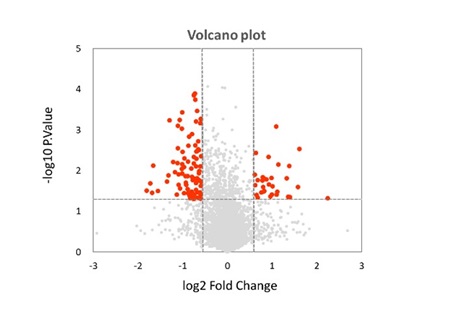
Figure 1. Proteins associated with pDC activation levels (red plots)
-
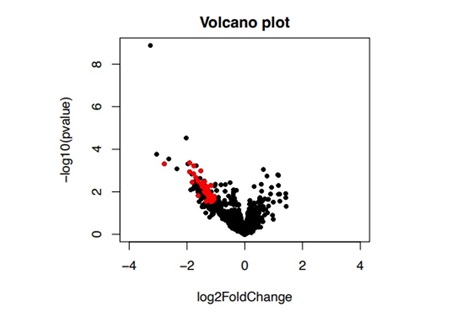
Figure 2. Non-coding RNAs associated pDC activation levels (red plots)
Result 2
Urine samples from individuals with high pDC activity contained elevated amounts of immune-related proteins, including IgA.
-

Figure 3. Association between pDC activity and urinary IgA
